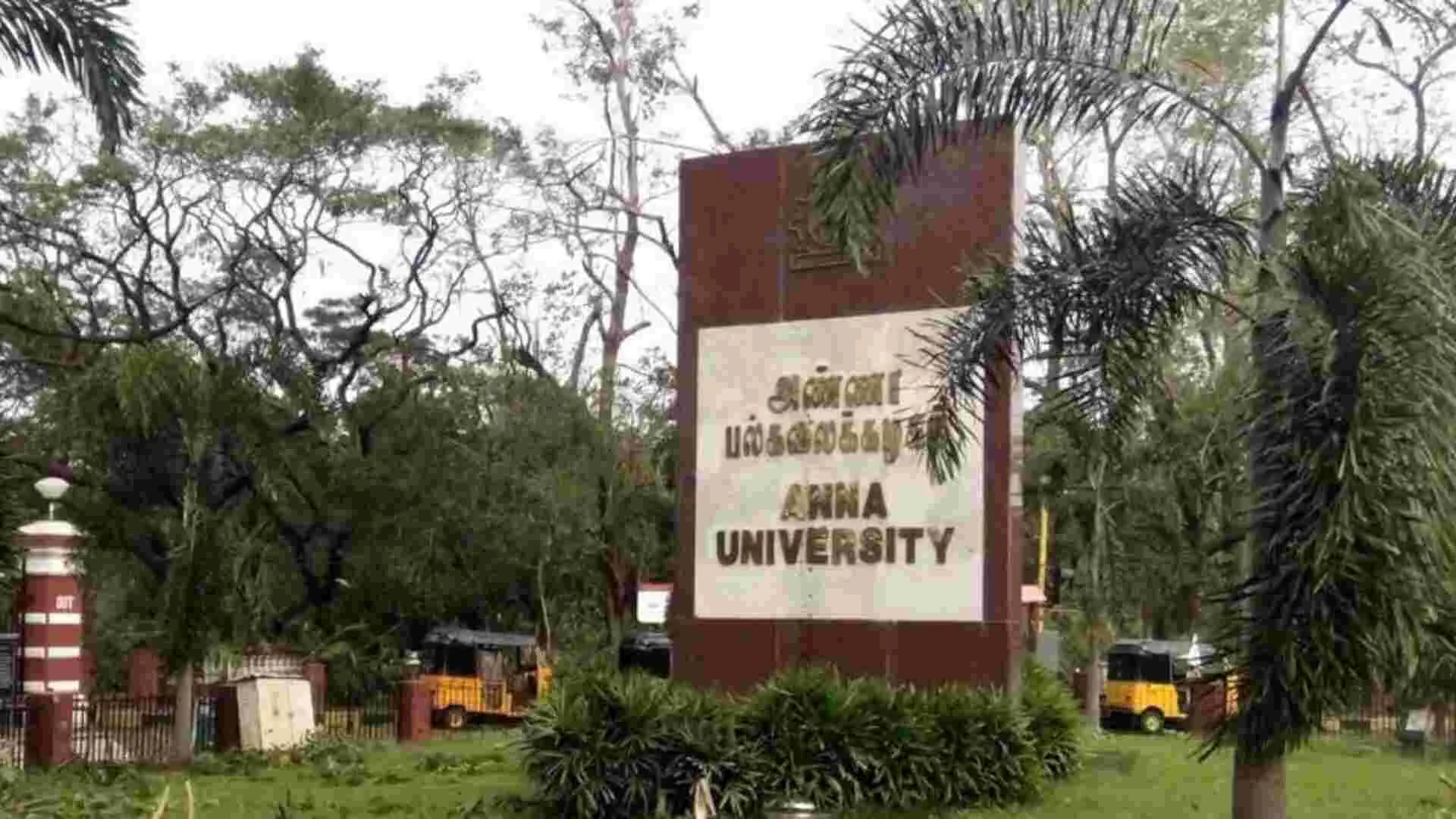India has a golden shot to embark on global supply chains. Covid-19 has caused huge disruption across demand and supply. Corporations are relocating their geographic base from susceptible market origins to more credible and economical kernels. Precisely, companies are trying to diversify their production base from China to other stable countries. With strong macroeconomic fundamentals, demographic dividend, highly-skilled English-speaking workforce, ease of doing business, cheap labor costs, enormous resource accesses, and an expanding market of 1.3 billion people, India has an exclusive chance to be the favorable investment destination across the globe.
Southeast Asian countries including Vietnam, Indonesia are attracting many American and Japanese countries for diversification. Supply Chain Resilience Initiative (SCRI) as a trilateral approach by Japan to trade with India and Australia (with ASEAN probable to join) is an initiative to diversify the supply chains. With South Asia steadied for a growth liftoff, economic integration of South Asian countries becomes crucial. Substantially India is being seen as the hub for emerging supply chains.
To ameliorate US-China trade war fallouts, Apple Inc with a budgetary outlay of Rs 200 billion is set to shift its iPad manufacturing assembly to India. Elon Musk-led Tesla registered its subsidiary Tesla India Motors and Energy Private Ltd. Tesla also plans to set up an electric vehicle manufacturing division in Karnataka. On the heels of this statement, Starlink under SpaceX—the super-fast Internet venture—opened its pre-booking in India for $99. Amazon declared its Fire TV stick device manufacturing – its first production line in India via a subsidiary of its manufacturing partner Foxconn Technology Group. Swedish retailer IKEA having bought a 48,000-square-metre plot in Noida also proposed to launch its first shopping centre in India—being among the world’s largest sites.
Aatmanirbhar Bharat outlining economy, infrastructure, system, demography, and demand is an endeavor to become self-sufficient. Production-Linked Incentive (PLI) scheme attempts to accelerate domestic production and invite foreign direct investments. India’s Look East policy encourages economic and strategic relations with Southeast Asian countries to strengthen its importance as a regional power. The Indo-Pacific region is home to the fastest and growing economies and military powers in the world.
While India rises to be a desirable preference for investors, the questions that need to be addressed are: “How competitive are India’s policies to attain a resilient supply chain?” “Are they enough to obtain a prime stance in the global economy?” It appears that Indian value chains are bedeviled with inefficiencies sinking it below international standards.
Logistics costs incurred in the Indian supply chain networks account for 14 percent of the GDP compared to the global average of 8 percent. This brings a competitive gap of $180 billion for India, likely to rise to $500 billion by 2030. India ranked 44 in the World Bank Logistics Performance Index lagging behind the US and China. India has a poor-quality infrastructure. Despite having the second-largest road network globally, national highways contribute less than 2.7 percent to the total network. Having one of the largest rail networks, the speed of the freight train is 24-25 kmph compared to 38-40 kmph in the US and China. The unbalanced logistics model mix of India further proliferates transportation costs. Despite broken transportation infrastructure facilities, India is heavily dependent on its road networks. It’s rail and sea-networks remain underutilised. These high costs act as a barrier to entry for greenfield manufacturing.
India still lags in technology adoption in its value chain processes. This heightens inventory costs due to mismanagement amounting to $120 billion to $180 billion of total logistic expenses. India lacks warehouse shortages. As of 2019, India had a cold storehouse facility of 226.7 lakh tons (lt), against the needed capacity of 350 lt. According to the Indian Council of Food and Agriculture, 30 percent of agricultural produce gets destroyed. India also suffers because of fragmented logistics and an uneven channel mix of domestic retail and FMCG sales.
India needs to make bold changes in its supply chain system to be the prime player. Integrating technology with physical networks is a prerequisite. Embracing geo-tagging, auto-capture, and big data will enable cooperation, forecasting, and traceability across chains. The omnichannel retail operation must be considered to streamline businesses. Building rationale infrastructure remains the crux of development. Logistics models must be benchmarked. Flexible networks will require optimising highways, delivery systems to lessen product loss. Shifting from an experience-based system to an analytical-based risk management system is imperative.
Government involvement is necessary to change the manufacturing landscape. India must welcome foreign investments—investors that bring capital, technology, and market with greenfield projects and private equity to finance the growing Indian start-up culture. Building on existing initiatives, India needs to boost exports to integrate with global supply chains. Indian states have high reservation percentages which clog growth. India must eliminate such structural bottlenecks to intensify its fraction in world trade. India should speed up its Free Trade Agreement (FTAs) authorisations with the UK and the EU. Promoting the ASEAN-India FTA may add the required fuel to trade flow. India should also focus on sensitive lists, non-tariff measures, and customs cooperation. Besides, re-skilling and upskilling measures are significant. Erecting a strong foundation of research and development (R&D) and entrepreneurship base is vital from a global standpoint. Key sectors of interventions must be tourism and hospitality, auto industry, retail & e-commerce, and food processing.
The pandemic is being viewed as a historic opportunity to evolve out better. Indian supply chains need to be smarter, prompt, agile and technically viable. As the realm steps towards the new normal world, it has generated an opportunity to re-invest uniquely—an investment aligned towards more sustainable companies. For India to capture the global market, it must focus upon boosting technologies and digitalisation, supporting labour, strengthening infrastructure and utilities, environmental laws, taxation and business reforms, investment and trade promotion. To catapult to economic prosperity, India not only needs to think bigger but also act better now.
Rajesh Mehta is a leading international consultant & columnist working on Market Entry, Innovation & Public Policy. Diksha Mittal is a public policy researcher working closely with Rajesh Mehta. Views expressed are personal.











